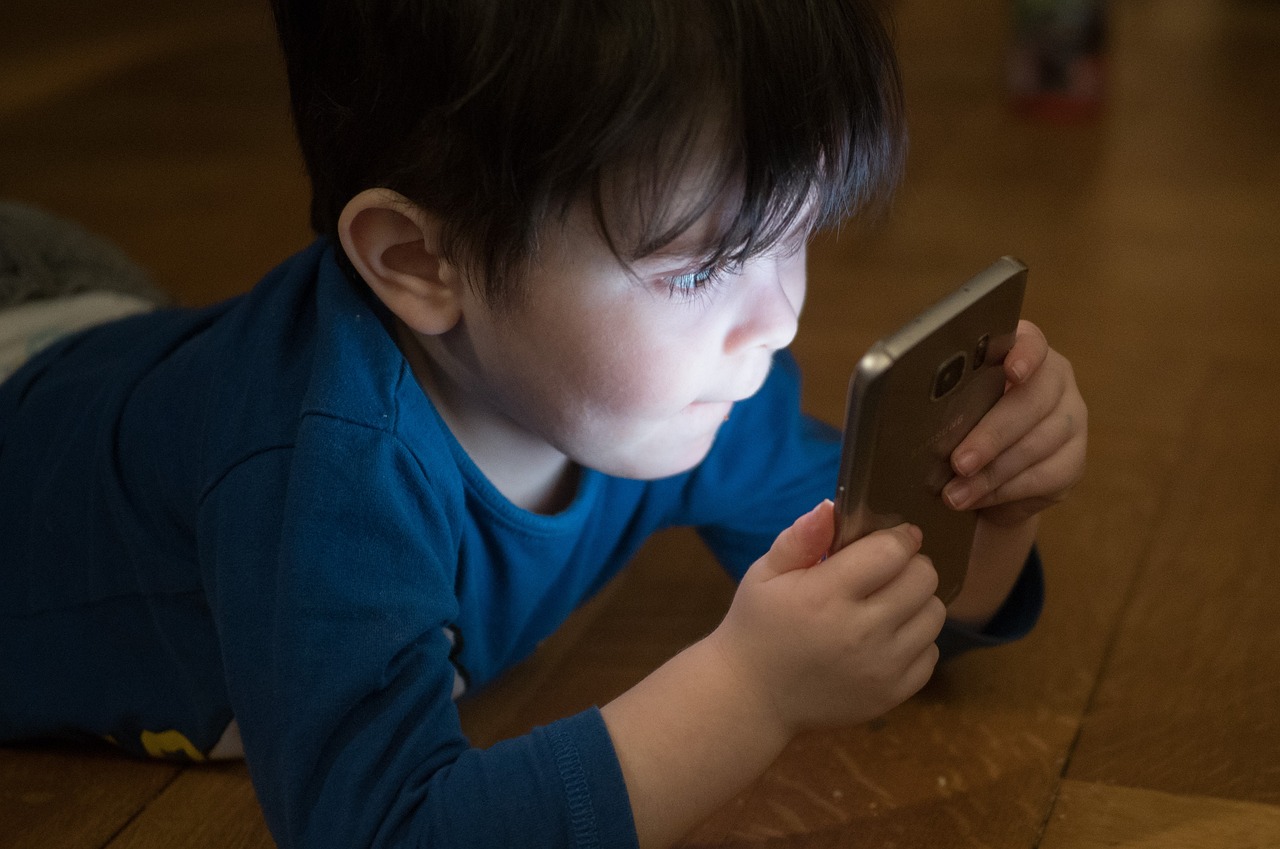One effective strategy is setting clear boundaries around screen usage. Establishing designated times for screens, such as during specific hours of the day or limiting screen time to certain activities, helps create structure and discipline. This approach ensures that individuals allocate sufficient time for other activities like exercise, socializing with friends and family, or pursuing hobbies. By doing so, they reduce the risk of becoming overly dependent on screens.
Another useful technique is monitoring one's screen time usage through apps or built-in device features. Several applications provide detailed insights into daily phone usage patterns by tracking app usage duration and sending reminders when predetermined limits are exceeded. Similarly, some devices offer settings that allow users to set restrictions on app access or receive notifications after prolonged periods of continuous screen use. These tools act as helpful reminders to take breaks from screens regularly.
Engaging in alternative activities is also essential in minimizing excessive screen time. Encouraging physical activity through sports or regular exercise not only diverts attention away from screens but also promotes overall well-being. Additionally, engaging in creative hobbies like painting, writing, or playing an instrument provides a much-needed break from technology while stimulating personal growth and self-expression.
Furthermore, creating dedicated tech-free zones within one's living space can be highly beneficial. Designating areas where screens are not allowed – such as bedrooms or dining rooms – encourages healthier habits around technology use at home. This separation creates opportunities for genuine human interactions without distractions and fosters a more balanced lifestyle.
Lastly, leading by example plays a vital role in reducing excessive screen time among children or family members. Parents should demonstrate responsible screen usage by limiting their own screen time and actively participating in offline activities with their children. Encouraging open communication about the importance of balancing screen time with other interests helps establish a healthy mindset towards technology from an early age.
In conclusion, adopting effective strategies to limit screen time is crucial for individuals seeking to regain control over their lives in today's digital era. By setting boundaries, monitoring usage, engaging in alternative activities, creating tech-free zones, and leading by example, individuals can strike a balance between screens and other aspects of life. Ultimately, these strategies empower individuals to live more fulfilling lives while harnessing the benefits of technology without succumbing to its overwhelming influence.

Balancing screen time with other activities and responsibilities
